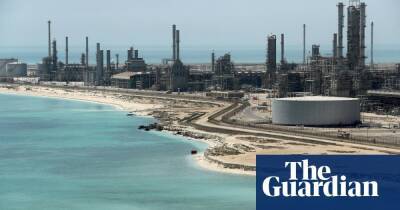Unless we act, escalating commodity prices will cause a decade of global turmoil
The war in Ukraine has gone global. Spiking commodity prices are on track to see their sharpest rises since 1970, sending a shock wave of suffering across the world as the prices of essential goods every human needs to survive are surging upwards. Wheat prices are up 60% since February. Food prices are now higher than during the global food crisis of 2008, which pushed 155 million people into extreme poverty. Cheap Ukrainian wheat that vulnerable nations including Egypt, Libya, Somalia, Syria, and Lebanon rely on lies stranded. If we aren’t careful, the “Ukraine shock” could fast be approaching the awesome scale of the OPEC and Iran shocks that rocked the 1970s.
But the “shock” metaphor is deceptive. This is not a momentary blast; all the warning signs point to the fact that this could turn into an avalanche. If that happens, we are just at the beginning of a decade-long deluge.
Two historical episodes offer a guide to these tumultuous times: the 2010s and the 1970s. Both periods saw commodity spikes trigger a cascade of crises that tumbled year after year. The protracted disorder was powered by a feedback loop between chaos in the markets and chaos in the real world. Conflicts triggered price shocks, and those high prices sparked more conflicts, causing prices to spike again, and so forth.
The first avalanche began in 1973 with the Arab-Israeli war. In retaliation for the US supporting Israel, the newly confident Opec energy cartel deployed the “oil weapon” by doubling – and then quadrupling – the international price. Across the world inflation surged, unemployment soared and stock markets suffered their biggest crash since 1929. Facing extortionate import bills, many countries turned to Wall Street banks to borrow dollars
Read more on theguardian.com























